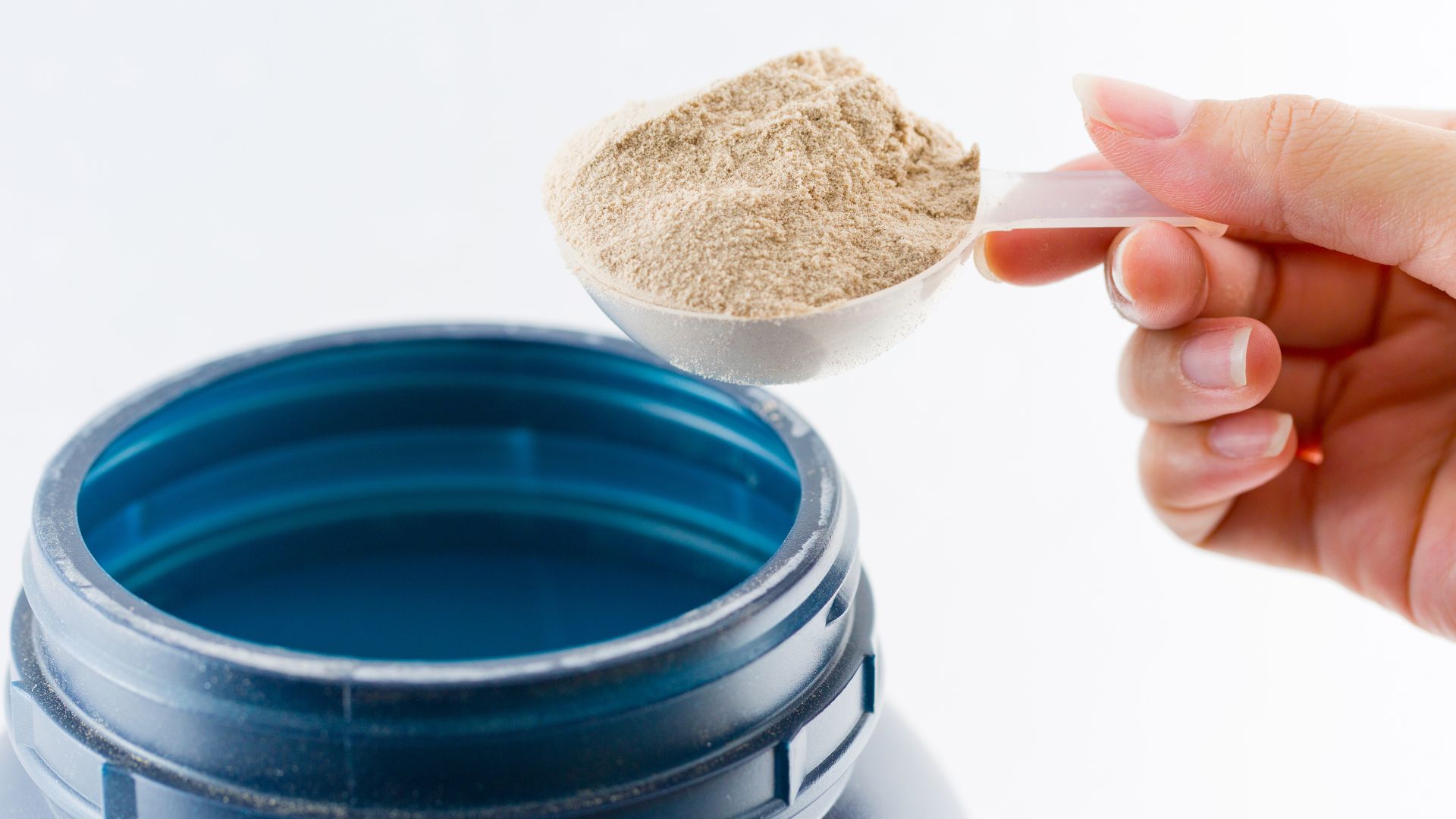Health
A Rundown of Organic Skincare Ingredients That Don’t Hurt the Environment

What if someone told you that the products you used to take care of your skin hurt the environment? What if they presented you with a set of skincare organic or natural products and told you they were safe for your use, clean, green, and environmentally friendly?
Well, these would just be claims or assertions unless you are truly sure that the products are made using purely natural and organic constituents. As always, this means checking the label carefully to determine which ingredients the product contains because as it turns out, the term “organic” doesn’t always mean better or safer.
Do Cosmetics Harm the Environment?
This is an age-old question that any future-minded person who’s keen on caring for their skin would care to ask at some point. Nonetheless, the plain answer is, Yes, cosmetics do harm the environment, and in several ways. For instance, beauty products packaging creates a massive amount of waste, which ends up in landfills.
This is not to mention eight million-plus tonnes of plastic that pollute oceans each year, of which a considerable amount is plastic bottle containers for skincare products. Moreover, some products used in skincare like shampoos, bath salts, conditioners, and toners end up polluting the land and ocean ecosystems with toxic chemical compounds through various channels.
Why Organic Ingredients?
In the previous pointer, we didn’t even mention the effects of purely artificial products on indoor air, ozone, and climate change. These are only a few of the many reasons natural and organic plant-based products for personal care and beauty like the ones from Aesop are encouraged in this age and day. Some of them have minimal amounts of laboratory-made additives that are also safely created and won’t have deleterious effects on the environment.
With this in mind, let’s now round up a few skincare ingredients that are clean and safe for the environment!
Environmentally Friendly Organic Skincare Ingredients
1. Tea Tree Oil
This one is among the most common essential oils used in the beauty industry. Tea tree oil is a dermatologist-recommended compound containing a range of medicinal and soothing properties, thanks to its natural compounds like terpineol, α-pinene, and terpinene. The common face wash ingredient is also used often in treating acne, bruises, burns, fungal infections, and a lot more.
2. Olive Oil
By far among the most common essential oils, olive oil is used in a wide range of skincare remedies, thanks to its rich levels of phenols and polyphenols. It is a common ingredient in organic skin moisturizers and anti-aging products. Olive oil also has other beneficial effects on the skin, including treating acne and promoting wound healing.
3. Lavender Oil
Also known as Lavandula, Lavender oil contains a range of phytochemicals, linalyl acetate, and linalool included. It has been shown to promote skin collagen, offer sunburn protection, relieve eczema, promote wound healing, and even cure insect bites, among other uses. It is also a common ingredient in perfumed skincare products.
4. Marigold
This organic extract contains many powerful compounds, including carotenoids, flavonoids, esters, saponins, essential oils, and antioxidants. It is a common component in natural skin care products designed to promote collagen regeneration. It is also sometimes used to treat eczema, bug stings, bruises, dry skin, and skin inflammation.
This list of great organic skincare ingredients that don’t harm the environment is literally endless. If we were to complete the top ten, the following would also have been on the list.
- Jojoba oil
- Hemp seed oil
- Green tea
- Coconut oil
- Chamomile
- Cedarwood oil
The key takeaway is to always read the list of ingredients, making sure the contents are truly organic and that the product is from a reputed manufacturer.
Health
Best Times to Take Whey Protein Isolate for Optimal Results

For anyone looking to build muscle, recover faster, or simply improve their overall nutrition, timing can make a big difference when it comes to protein intake. Whey protein isolate is one of the most efficient and bioavailable sources of protein available — easily absorbed by the body and ideal for supporting recovery and growth. Whether you’re a seasoned athlete or just starting your fitness journey, knowing the best times to take it can help you make the most of its benefits. If you’re looking for a high-quality option, explore premium whey protein isolate in Australia to fuel your results.
1. Post-Workout: The Prime Time for Recovery
The period immediately after your workout is arguably the best time to consume whey protein isolate. During exercise, your muscles experience micro-tears and deplete their glycogen stores. Consuming whey protein isolate within 30 minutes post-training provides your body with fast-digesting amino acids, which help repair muscle tissue and stimulate protein synthesis.
Pairing your shake with a source of carbohydrates can further enhance recovery by replenishing glycogen stores and promoting better nutrient absorption.
2. First Thing in the Morning
After several hours of sleep, your body wakes up in a fasted state. Consuming whey protein isolate in the morning helps prevent muscle breakdown and kickstarts your metabolism for the day. It’s particularly useful if you don’t have time for a full breakfast or if you train early in the morning.
This quick, easily digestible protein gives your muscles a readily available source of amino acids to maintain muscle mass and energy levels throughout the morning.
3. Between Meals to Support Protein Intake
If you struggle to meet your daily protein goals through food alone, taking whey protein isolate between meals is a simple way to boost your intake. This is especially beneficial for those aiming to build lean muscle or lose fat while maintaining muscle mass.
A mid-morning or mid-afternoon shake helps stabilise blood sugar levels and reduces the temptation to reach for less nutritious snacks.
4. Before Bed (When Needed)
While casein protein is traditionally recommended for nighttime use due to its slow digestion, whey protein isolate can also be beneficial before bed in certain cases — particularly for those who train late in the evening or need additional daily protein intake.
Although it digests quickly, it still provides your muscles with amino acids to support repair and recovery during the early stages of sleep.
Optimising Your Protein Strategy
Ultimately, the best time to take whey protein isolate depends on your fitness goals, training schedule, and dietary habits. The most important thing is to ensure you’re consistently meeting your total daily protein needs. Whey protein isolate’s versatility makes it easy to integrate into your lifestyle — from breakfast smoothies to post-workout shakes.
-

 Tech5 years ago
Tech5 years agoEffuel Reviews (2021) – Effuel ECO OBD2 Saves Fuel, and Reduce Gas Cost? Effuel Customer Reviews
-

 Tech6 years ago
Tech6 years agoBosch Power Tools India Launches ‘Cordless Matlab Bosch’ Campaign to Demonstrate the Power of Cordless
-

 Lifestyle6 years ago
Lifestyle6 years agoCatholic Cases App brings Church’s Moral Teachings to Androids and iPhones
-

 Lifestyle5 years ago
Lifestyle5 years agoEast Side Hype x Billionaire Boys Club. Hottest New Streetwear Releases in Utah.
-

 Tech7 years ago
Tech7 years agoCloud Buyers & Investors to Profit in the Future
-

 Lifestyle5 years ago
Lifestyle5 years agoThe Midas of Cosmetic Dermatology: Dr. Simon Ourian
-

 Health7 years ago
Health7 years agoCBDistillery Review: Is it a scam?
-

 Entertainment6 years ago
Entertainment6 years agoAvengers Endgame now Available on 123Movies for Download & Streaming for Free
